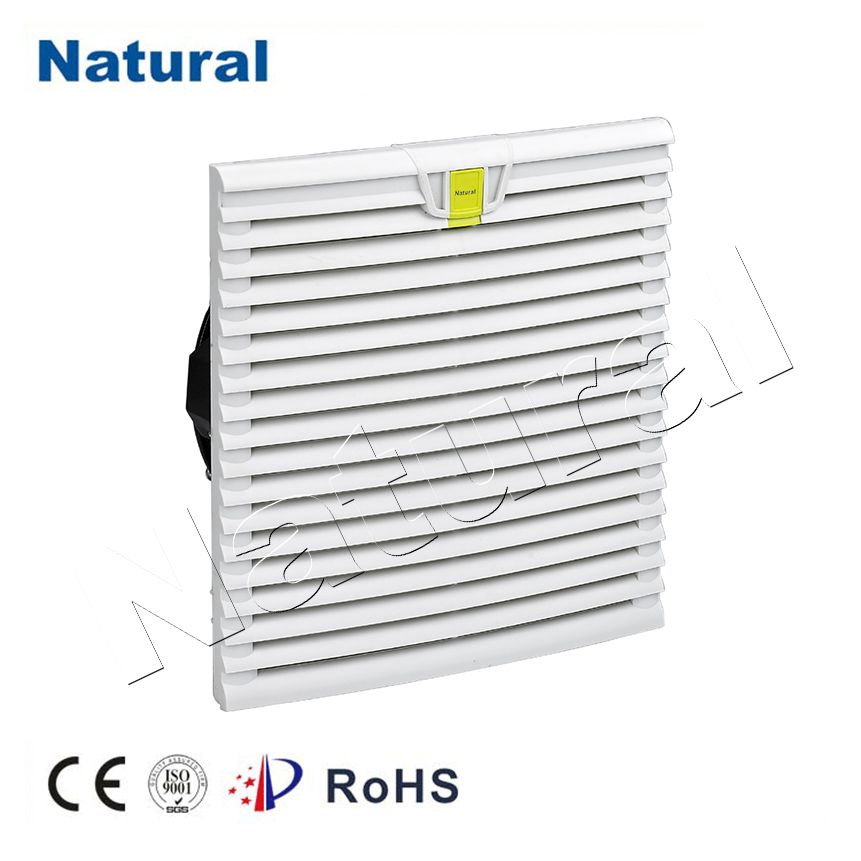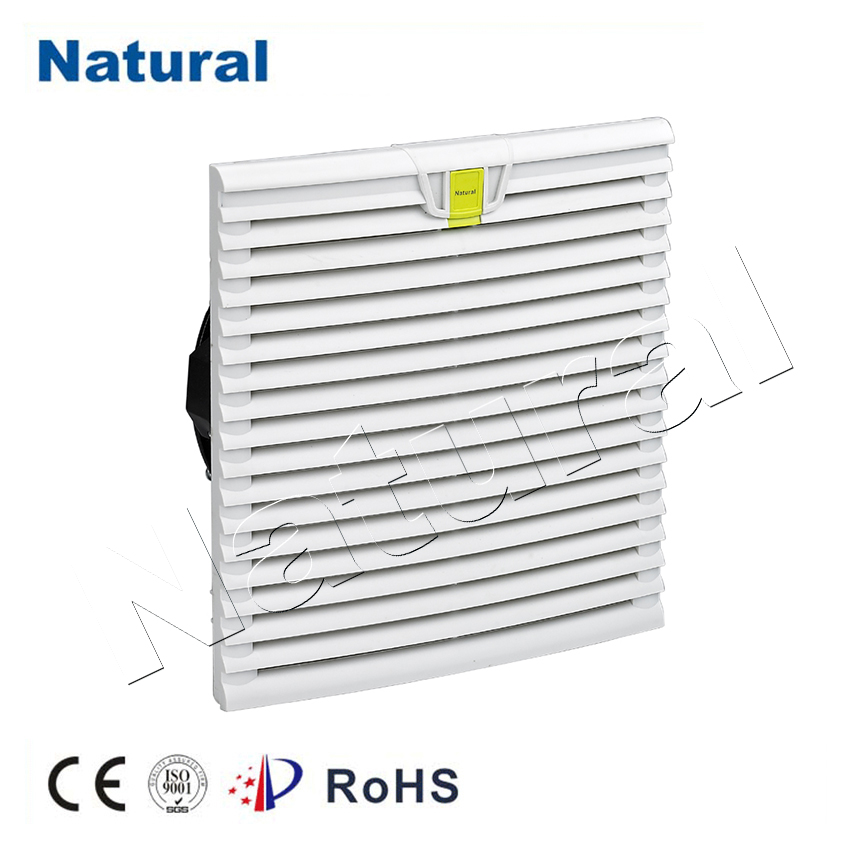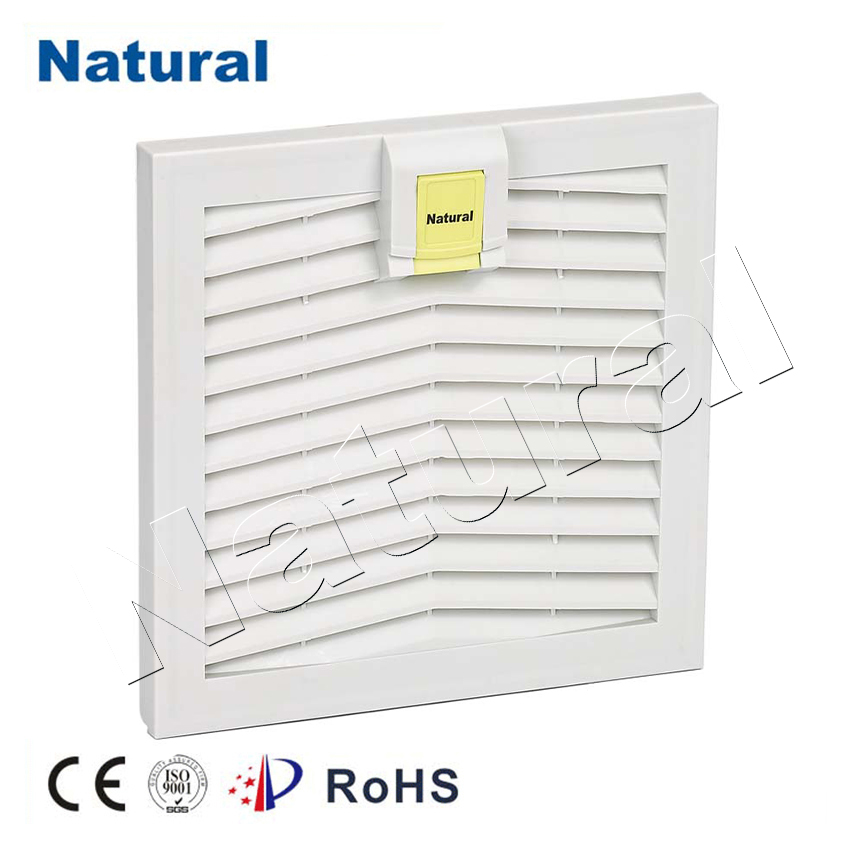In today’s fast-paced world of technology, electronics and machinery are becoming more powerful, compact, and integral to our daily lives. From servers and data centers to household appliances and industrial equipment, keeping these devices functioning efficiently is essential. One often-overlooked component in ensuring the longevity and performance of such equipment is the fan filter. In this article, we will explore what fan filters are, their importance, and how they contribute to maintaining optimal performance in various applications.

What is a Fan Filter?

A fan filter is a protective device designed to filter out contaminants such as dust, dirt, and other particulates from the air entering an equipment system. Typically placed over or near the fan intake of machines, these filters prevent harmful debris from infiltrating the internal components. The fan filter works by allowing airflow while trapping unwanted particles before they enter sensitive areas, such as the cooling system or the internal circuitry of electronic devices. Fan filters can be made from a variety of materials, including foam, HEPA (High-Efficiency Particulate Air) filters, or activated carbon. The choice of material depends on the level of filtration required and the environment in which the equipment operates.
